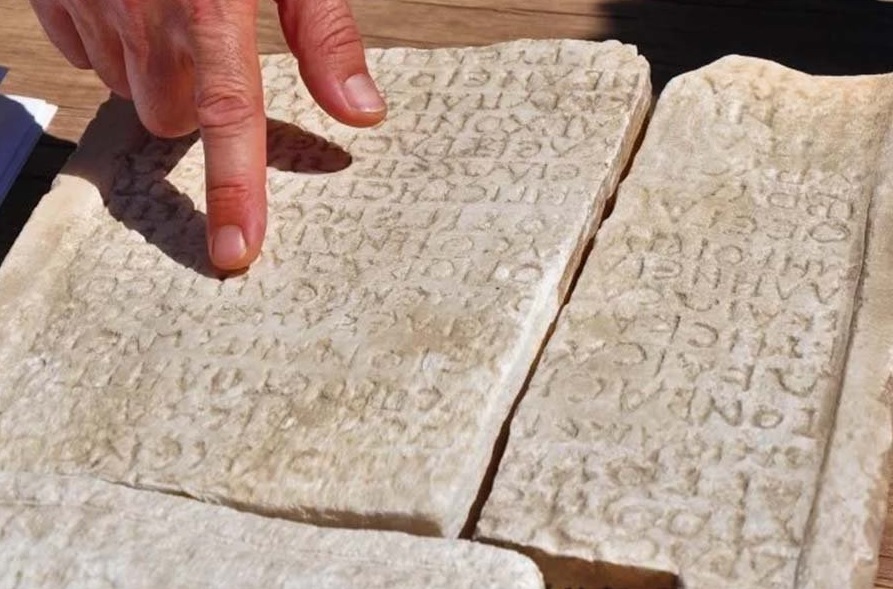
Archaeologists have deciphered an ancient inscription on a marble tablet found during excavations in Turkey
(ORDO NEWS) — An 1800-year-old inscription consisting of 3 pieces of marble found during excavations in the ancient city of Aygai in the province of Manisa in western Turkey has been deciphered.
It describes the plight of the Aigai people, in which they found themselves due to the actions of the Roman tax authorities.
Aigai was founded on Mount Gün in the Jund mountain range, which was called Asporden in ancient times. The ancient city, whose name comes from the Greek word “aiga” (goat), is often referred to as the “city of goats”, which is not surprising given its high altitude and rocky terrain.
The inscription in question was found during excavations in the parliament building in the ancient city of Aigai in 2005.
There, in particular, it is said that the local residents of Aigai sent an envoy named “Fortunatus” to the Roman emperor, reporting their complaint about the different collection of taxes from the goat skin by each collector and demanding that this situation be resolved.
It turned out that the Roman emperor, taking into account the complaints and demands of the Aigai people, set taxes on goat skin at a rate of 1 to 6 and announced that he would punish tax collectors who did not comply with this rule.
Associate Professor of Archeology at the University of Manisa, Celal Bayar Yusuf Sezgin, who led the excavations, drew attention to the importance of this inscription as evidence that the city’s economy was based on goats and goatskins. Now this can be documented.
He also explained that excavations began here in 2004 and soon three pieces of marble were found that made up one inscription. It was first partially deciphered, and then transferred for further study.
It should be noted that the city of Aigai was founded in the seventh century BC and reached its peak during the reign of the Hellenistic Attalid dynasty, which ruled the earth from the third to the second BC.
After a strong earthquake in 17 BC. the city was seriously rebuilt. And in the third century AD, it was abandoned and remained in this form for about a millennium. Later it was used as a small settlement for the Christian community.
—
Online:
Contact us: [email protected]
Our Standards, Terms of Use: Standard Terms And Conditions.






